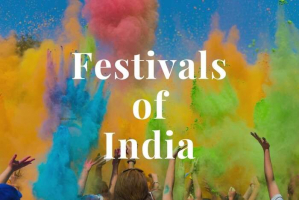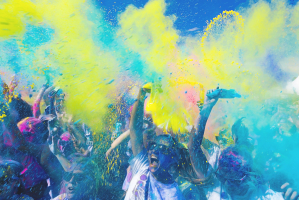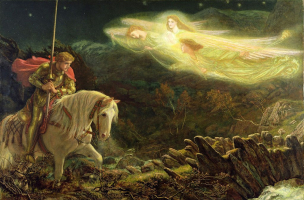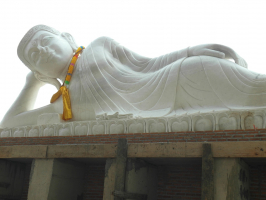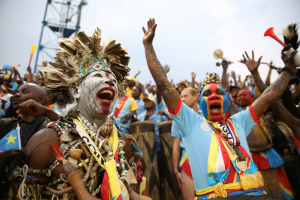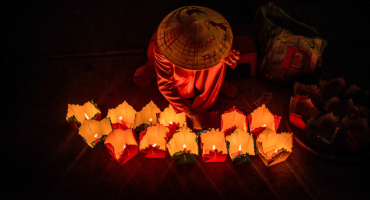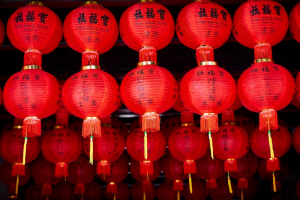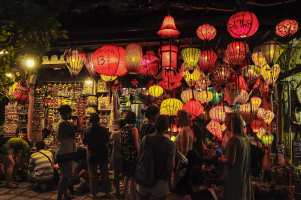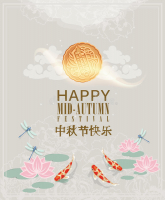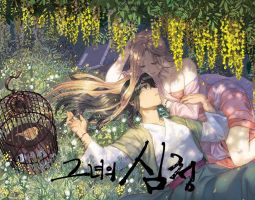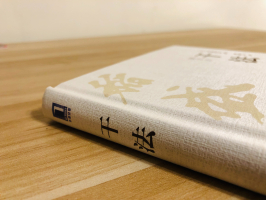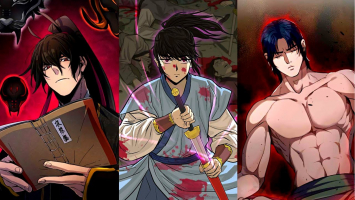Top 7 Meanings of Holi Festival Colors
You're studying about the colors of Holi and want to understand the emotional expressions, messages, and deep meanings that those colors provide during the ... read more...festival. Not to worry, here is some basic information regarding the meanings of Holi festival colors that you might be interested in.
-
Passion, vitality, and enthusiasm surge through the veins of red. It pulsates like blood, burns like fire, and breathes life into existence. Red embodies the verve and dynamism of those who revel in the festivities of Holi. It signifies love's ardor, romance's fervor, and devotion's unwavering flame. Red intertwines with the Hindu goddess Parvati, the consort of Lord Shiva, the annihilator of malevolence. Legend whispers that Parvati ensnared Shiva's heart with crimson powder, kindling desires that engulfed them both. Red further manifests as sindoor, the vermilion powder that wedded women anoint their foreheads with, a testament to their marital status and fidelity.
Red is associated with the primal energy center known as the first chakra, Muladhara, in Hinduism. It oversees the bodily parts of life, imparting survival's tenacity, security's embrace, and stability's foundation. This chakra gives birth to kundalini, the dormant spiritual energy that can be awakened via meditation and yoga. When the first chakra is balanced, one stands firmly planted, projecting confidence and boldness.
Red sets off a chain reaction of emotions within humans. It sparks the burn of passion, the flare of excitement, and the exhilaration of delight. During Holi, crimson becomes the language of pleasant feelings, a vehicle for people to convey their affection and happiness to one another.
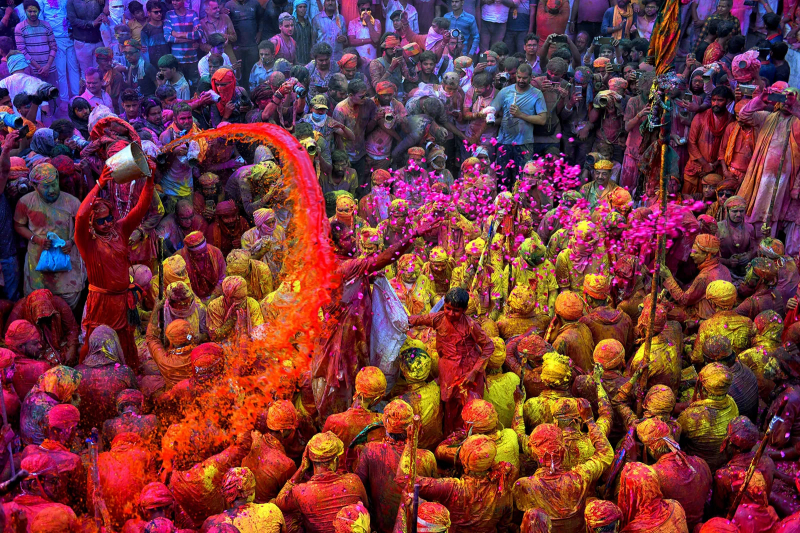
Image via Pinterest 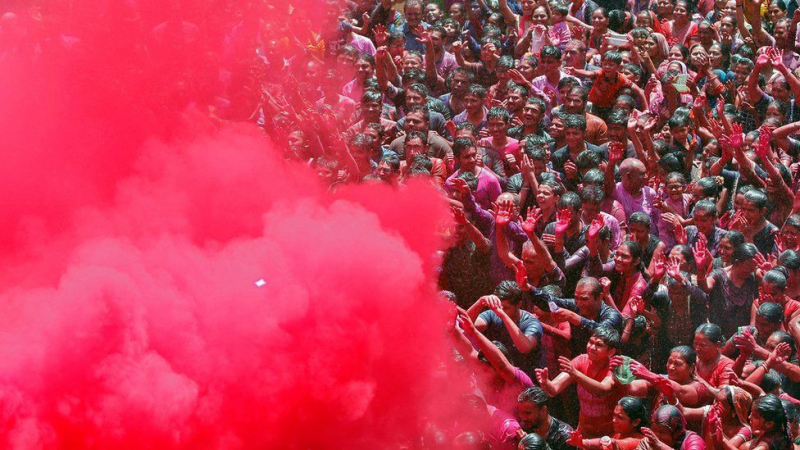
Image via Pinterest -
Yellow erupts with brilliance and energy, embellishing the Holi festival with its multicolored magnificence, symbolizing the arrival of spring and the triumphant triumph of righteousness over malevolence. Yellow represents celebration, sanguinity, brilliance, and sagacity in many cultures and beliefs. Yellow is inextricably tied to Lord Vishnu, the cosmic guardian, as well as his incarnations such as Lord Krishna and Lord Rama in Hinduism. Furthermore, yellow represents the solar plexus chakra, the metaphysical core of inner fortitude and conviction.
During Holi, revelers enthusiastically hurl saffron-hued powders and waterfalls of water upon one another, symbolizing their limitless elation and heartfelt thankfulness for living itself. Furthermore, yellow represents the abundance of nature, capturing the essence of spring through its associations with blooming flowers, juicy fruits, plentiful harvests, and pungent spices. Yellow is an inspiring motivator for hope, positivity, and innovation, capable of infusing radiance into any environment or occasion.
Yellow has a wonderful power to bring happiness and vigor to the spirit, building a deep connection with one's inner wisdom and vitality.
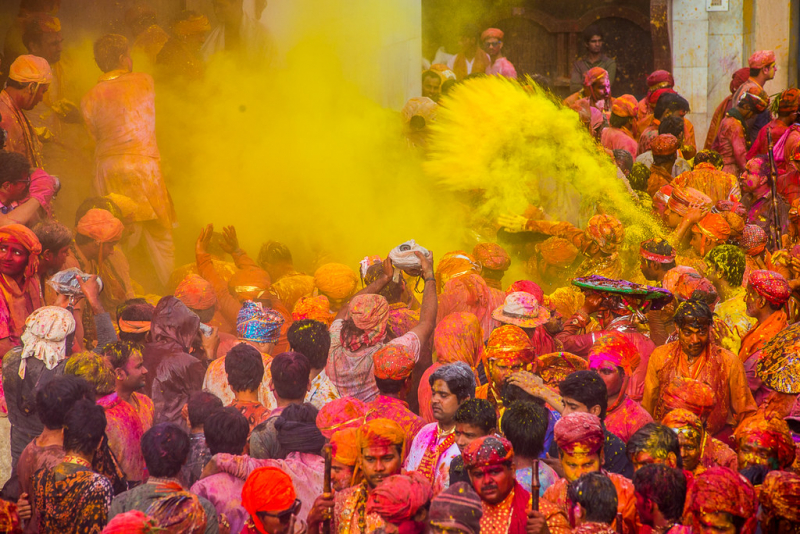
Image via Flickr 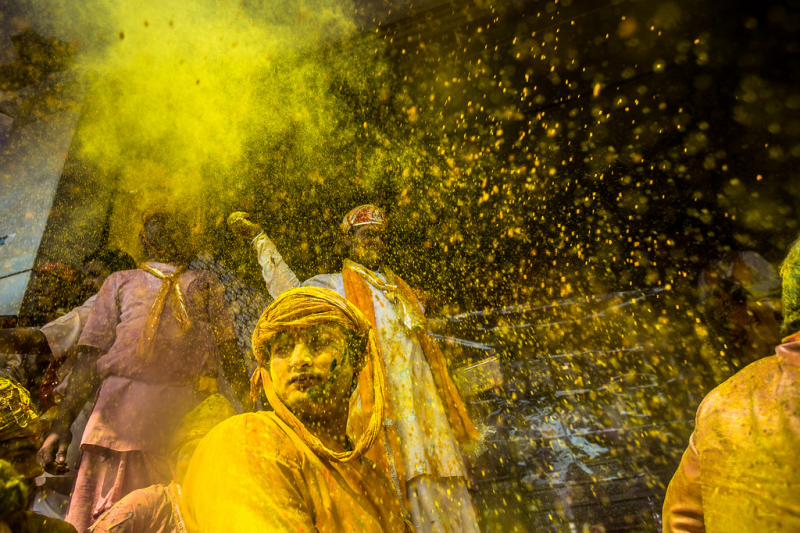
Image via Pinterest -
The color blue is associated with the sky and the sea, and it represents vastness, depth, and infinity. It is also connected with tranquility, quiet, and peace. Blue is the hue of Lord Vishnu, the preserver, and guardian of the universe, as well as his incarnations such as Lord Rama and Lord Krishna in Hinduism. Vishnu is frequently represented with blue skin, which represents his boundless strength and compassion. Blue is also associated with Lord Shiva, the universe's destroyer and transformer, who is claimed to have a blue throat as a result of consuming a terrible poison to save the world.
Blue is used to signify trust, dedication, and loyalty during Holi. It is also a method of eliciting the blessings of Vishnu and Shiva, who are said to protect their worshippers from evil and provide them with prosperity and happiness. As people celebrate Holi by flinging colored powder and water at each other, forgetting their differences, and embracing their shared humanity, blue also represents joy, harmony, and camaraderie.
Blue invokes feelings of amazement, wonder, and gratitude for the beauty and mystery of existence. It is a color that inspires us to explore deeper meanings and spiritual connections.
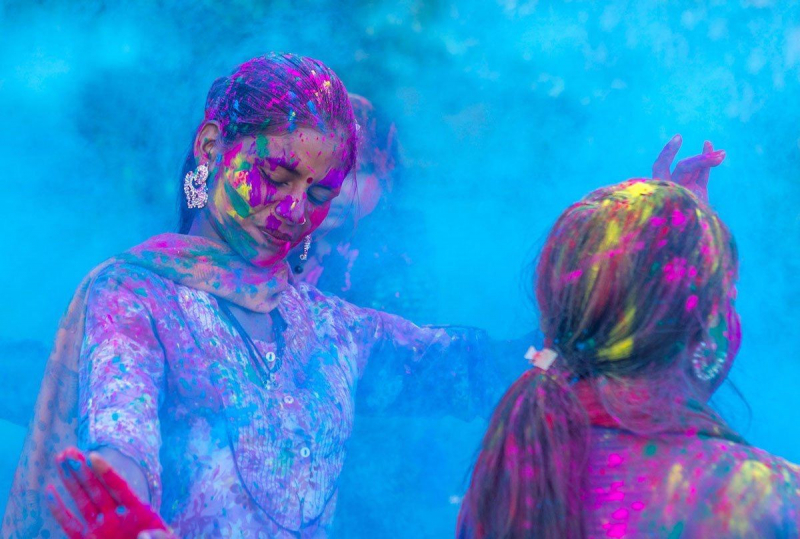
Image via Pinterest 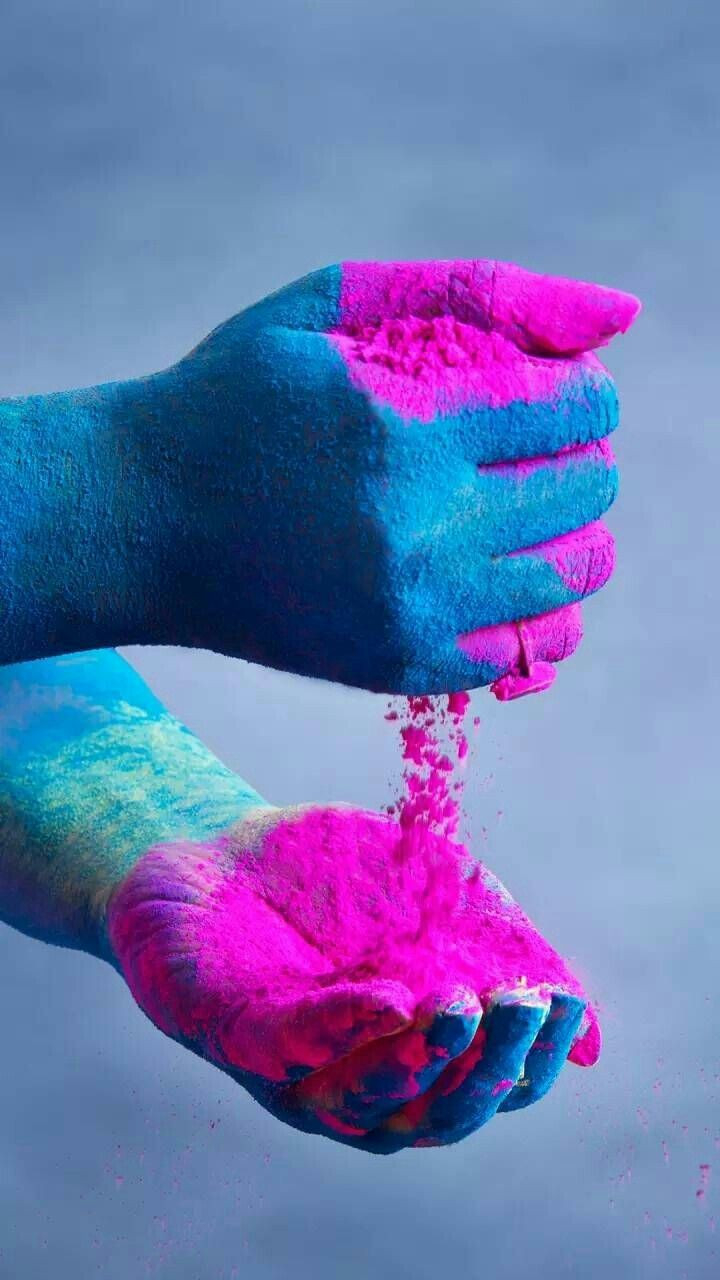
Image via Pinterest -
Green comes alive, weaving a tapestry of peace and wealth. It embodies nature's revitalizing energy, the verdant wealth of crops, and the land's bountiful secrets. Furthermore, Green is associated with the old narrative of Lord Shiva and Parvati, who frolic in a kaleidoscope of colors made from leaves and petals. Green is a mesmerizing color that serves as a poignant reminder of nature's infinite wealth and the heavenly benefits bestowed upon humanity.
Furthermore, Green is linked to environmental awareness and civic responsibility. In their joyous revelry, Holi devotees choose natural or organic hues that are eco-friendly and pleasant on the skin. Some people go above and beyond by planting trees or donating to environmental initiatives as a concrete statement of their Holi celebration. Green lights a spark within us, motivating our determination to protect our world and show compassion to our fellow humans.
Green, a color that symbolizes serenity, tranquillity, and hope, ignites a symphony of positive feelings. It has an innate ability to soothe, revive, and repair. Furthermore, Green inspires us to practice charity, empathy, and forgiveness. It gives priceless wisdom, teaching us how to live in harmony with ourselves, others, and the natural world.
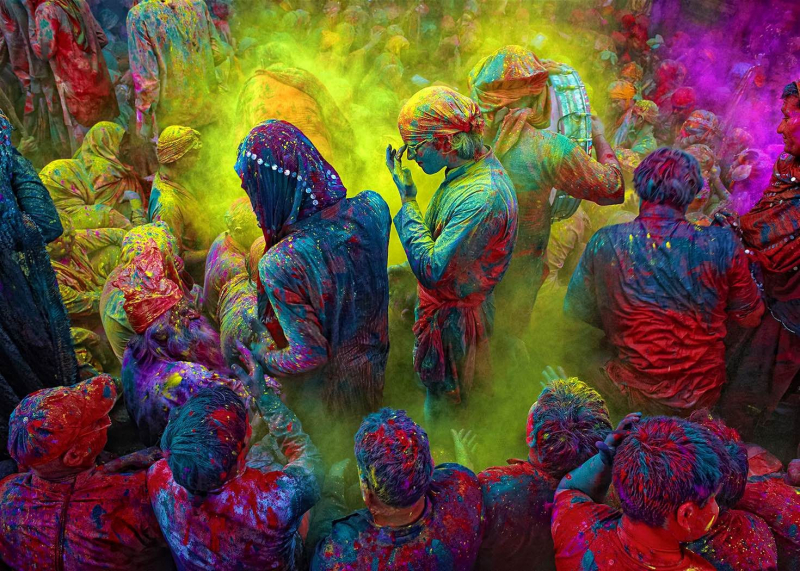
Image via Pinterest 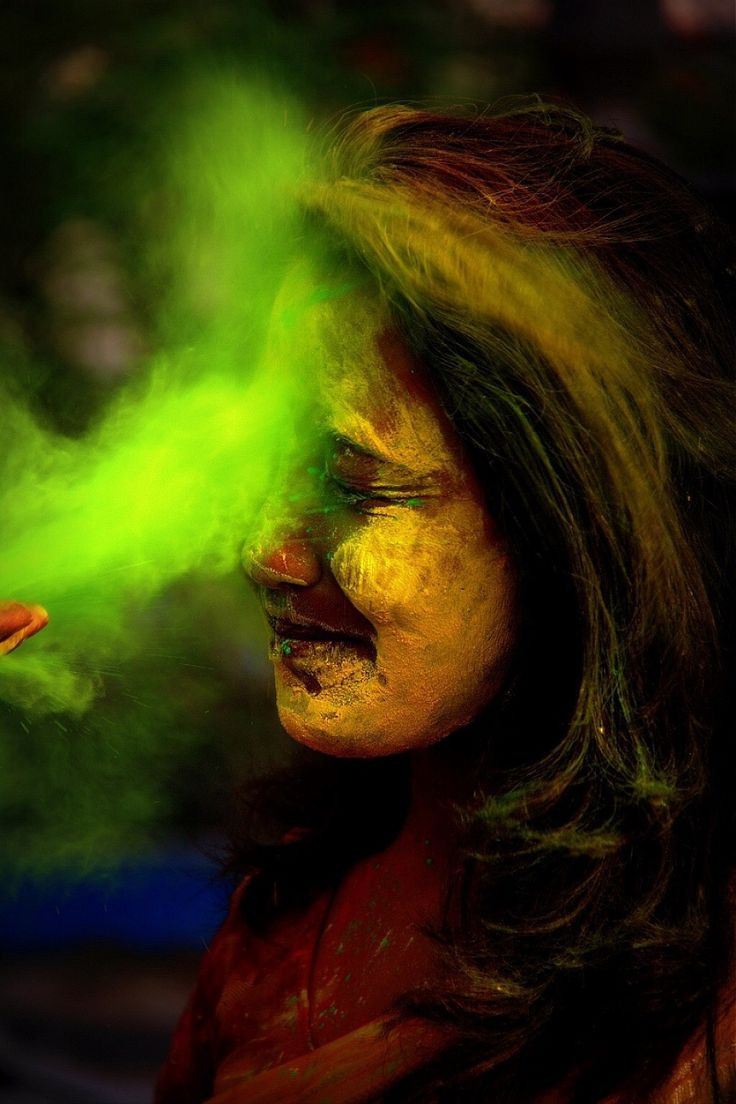
Image via Pinterest -
Pink also has religious importance in Hinduism, since it is the color of Lord Ganesha, the wise, triumphant, and fortuitous deity with an elephantine head. Ganesha is revered before any auspicious occasion or undertaking because he is thought to remove obstacles and provide blessings. Pink also represents Goddess Lakshmi, the deity of richness, wealth, and grace. Lakshmi is revered for her majesty and grace, and she is honored during Diwali, the festival of lights.
Pink is also a color that reflects India's cultural diversity and opulence. It is the chromatic identity of the famed city of Jaipur, also known as the Pink City, which donned its rose façade to greet the Prince of Wales in 1876. Jaipur is well-known for its magnificent architecture, tradition, and craftsmanship. Pink is often associated with the lotus flower, which is a revered symbol in Hinduism and Buddhism. The lotus represents purity, enlightenment, and renewal.
Pink encapsulates many aspects of Holi, including affection, elation, thankfulness, faith, and culture. It has the power to elicit positive feelings and instill a sense of harmony. This multicolored manifestation has the potential to make Holi a memorable and magnificent event.
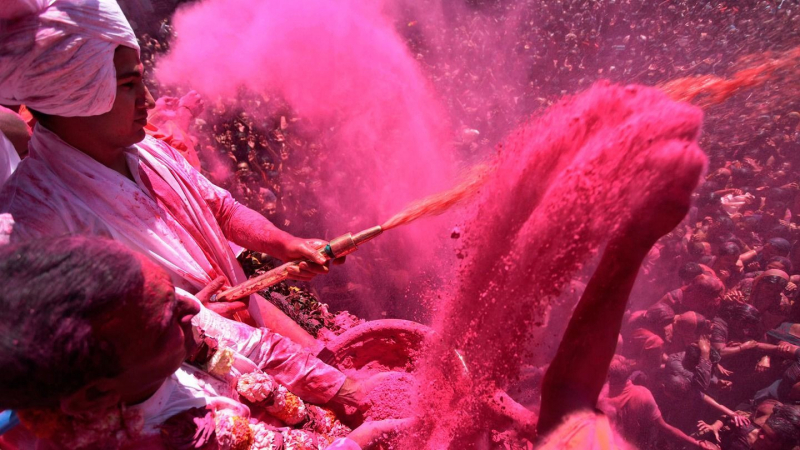
Image via Pinterest 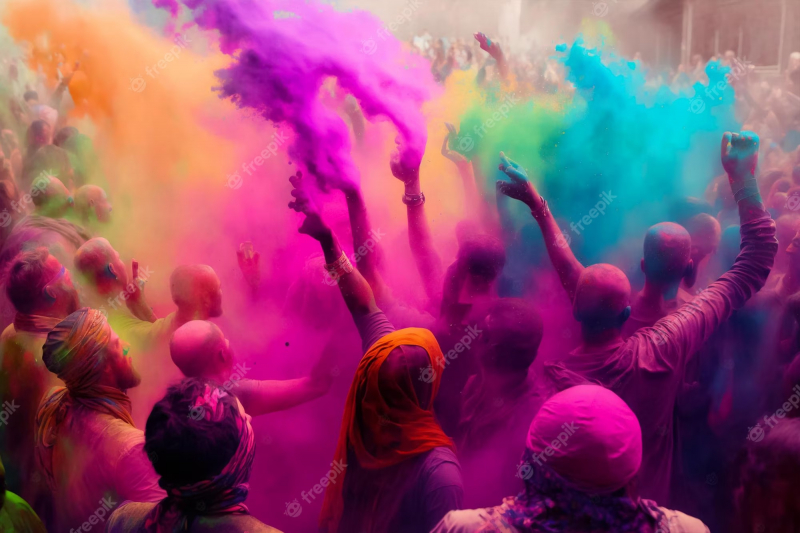
Image via Pinterest -
Orange or saffron is the color of fire, sun, and light. It represents purity, courage, sacrifice, and renunciation. In Hinduism, Orange or Saffron is the color of the sacred flame that burns away impurities and ignorance. It is also the color of the holy men or sadhus who have renounced worldly pleasures and devoted themselves to spiritual pursuits. Orange or saffron symbolizes the quest for truth, wisdom, and enlightenment.
During Holi, people smear orange or saffron powder on each other's faces and clothes, expressing their respect and admiration for those who have attained a higher level of consciousness. They also throw orange or saffron water balloons and spray Orange or Saffron colored water from hoses and squirt guns, creating a festive atmosphere of fun and joy. By playing with orange or saffron, people hope to imbibe some of its qualities and virtues and to share them with others.
Orange, often known as saffron, is more than just a color. It represents spirituality, devotion, bravery, love, and happiness. It is a way of showing appreciation, admiration, respect, and affection.
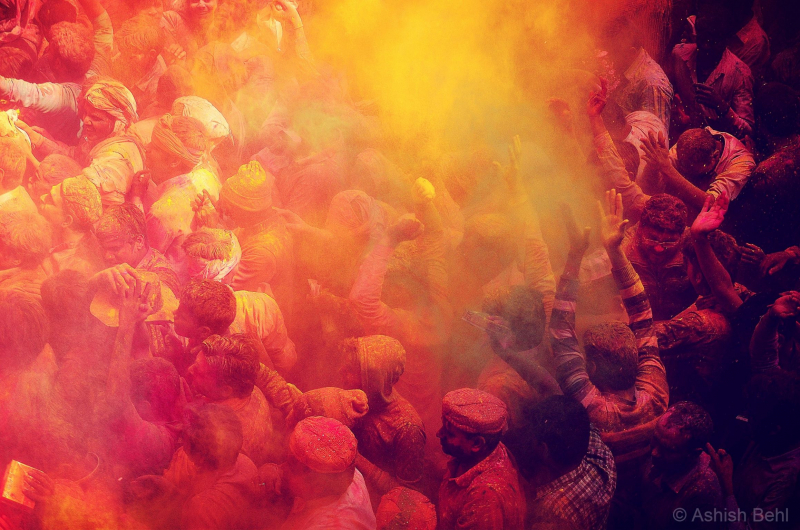
Image via Pinterest 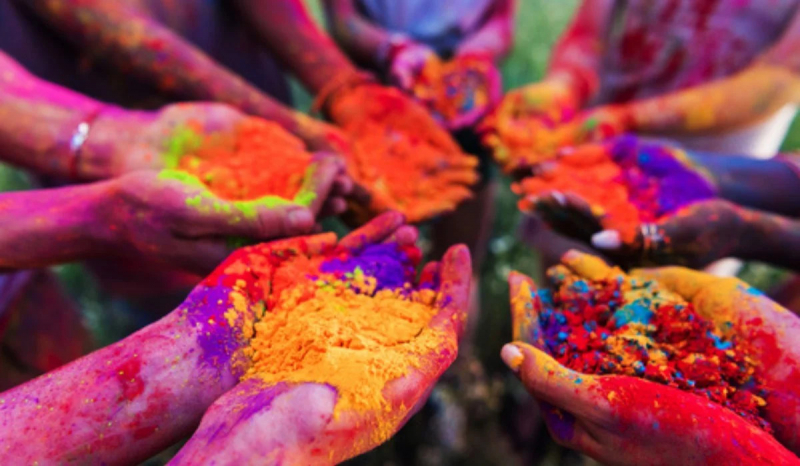
Image via Pinterest -
Purple is frequently associated with monarchy, aristocracy, and wealth in many civilizations, including India. Purple is a color that is typically worn by kings, queens, and other high-ranking officials to indicate riches, power, and prestige. Purple is also a color associated with spirituality, wisdom, and enlightenment, as it is thought to be the color of the crown chakra, the body's highest energy center. Purple is a color that helps us connect with our higher selves, intuition, and divine purpose.
Purple has a deeper symbolism in the context of Holi, which is related to the legend of Holika, King Hiranyakashipu's evil sister. Holika possessed a magical cloak that shielded her from fire, and she attempted to use it to murder her nephew Prahlad, a Lord Vishnu devotee. She sat on a pyre with Prahlad on her lap, thinking she would be safe and he would burn. However, with Vishnu's favor, the cloak flew off Holika and enveloped Prahlad, rescuing him from the flames while burning Holika. This is why people light bonfires on the eve of Holi to remember Prahlad's victory and Holika's fall.
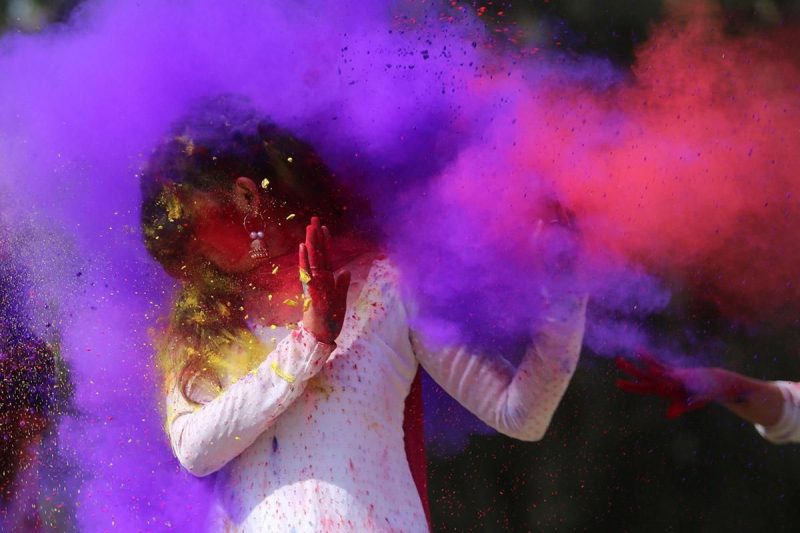
Image via Pinterest 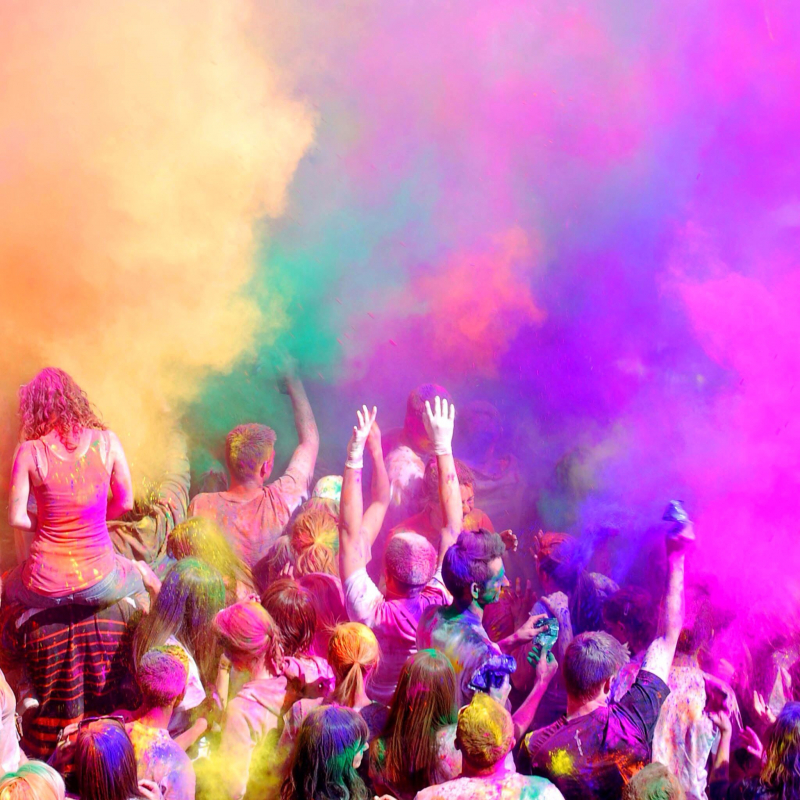
Image via Pinterest









